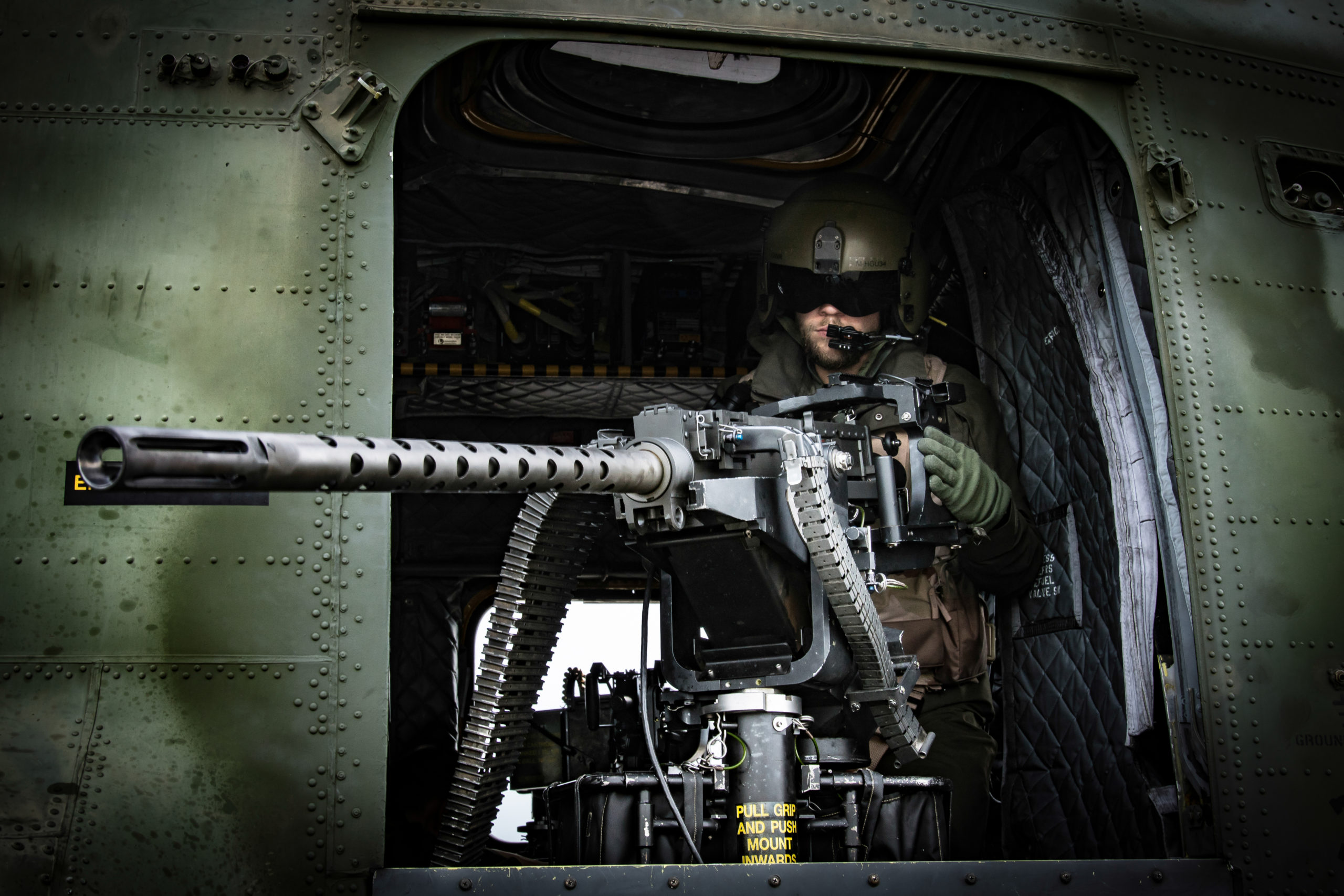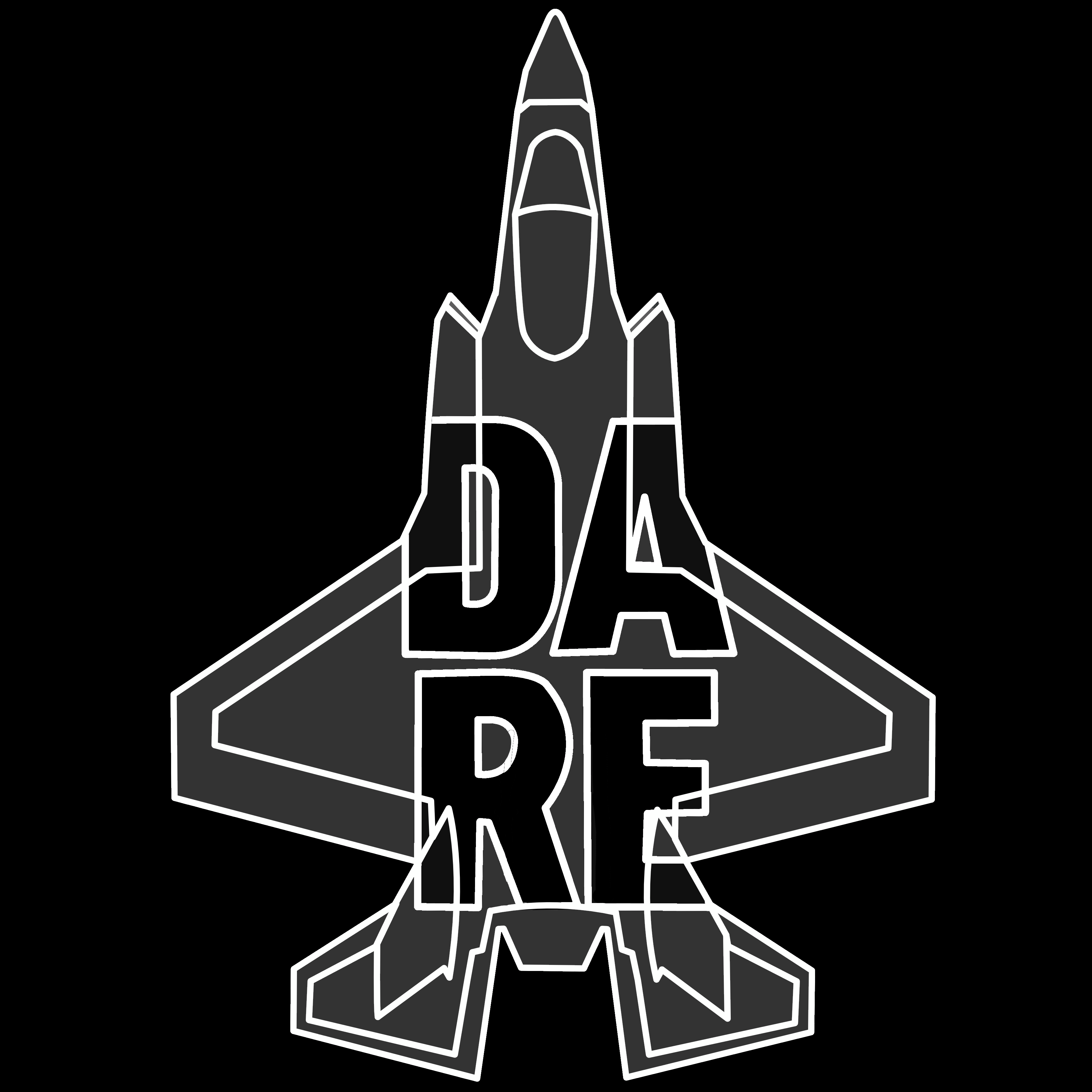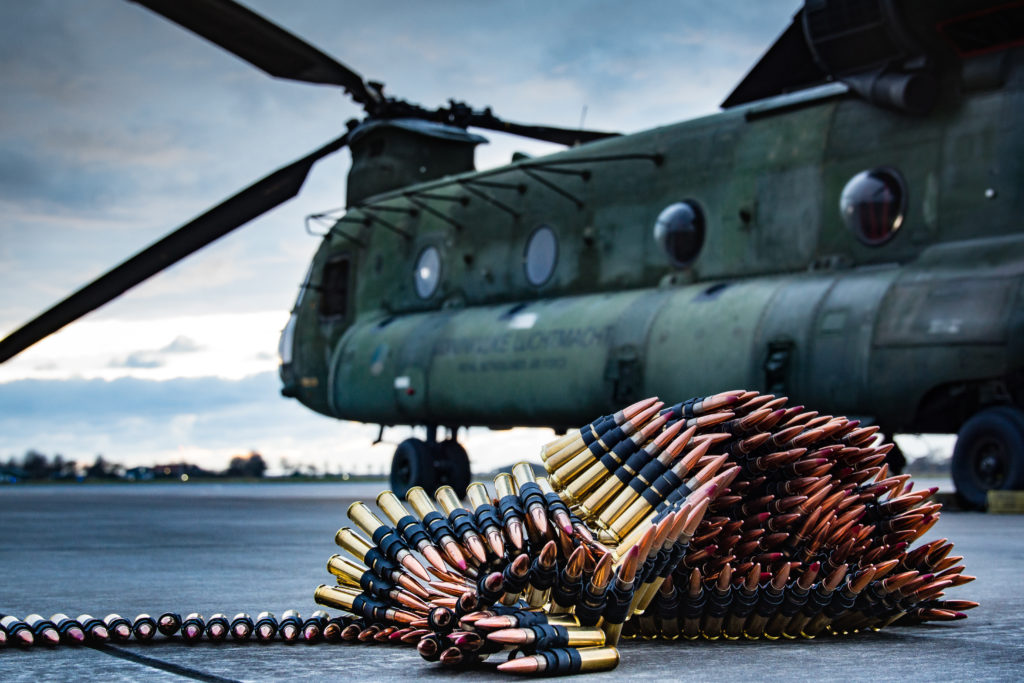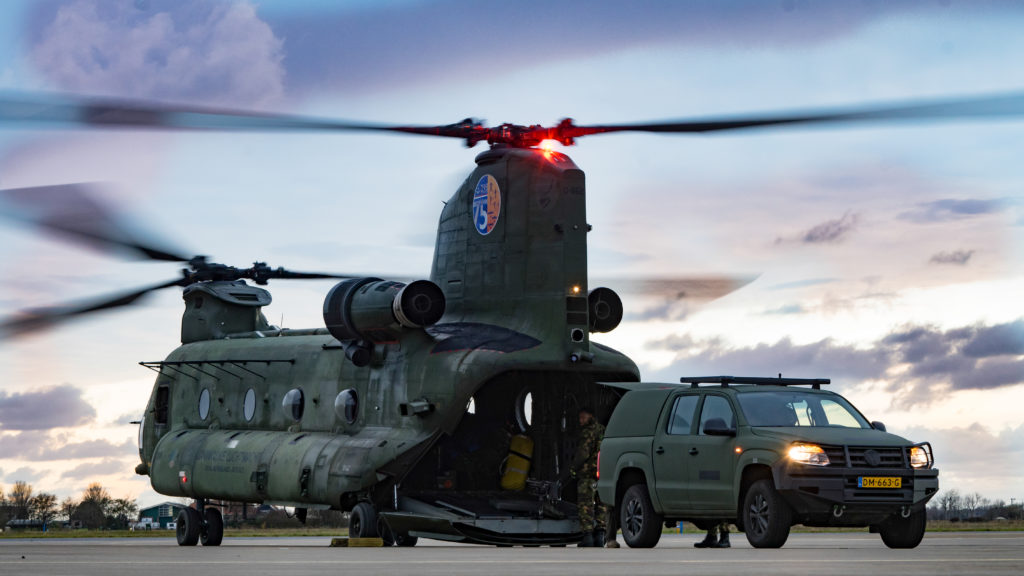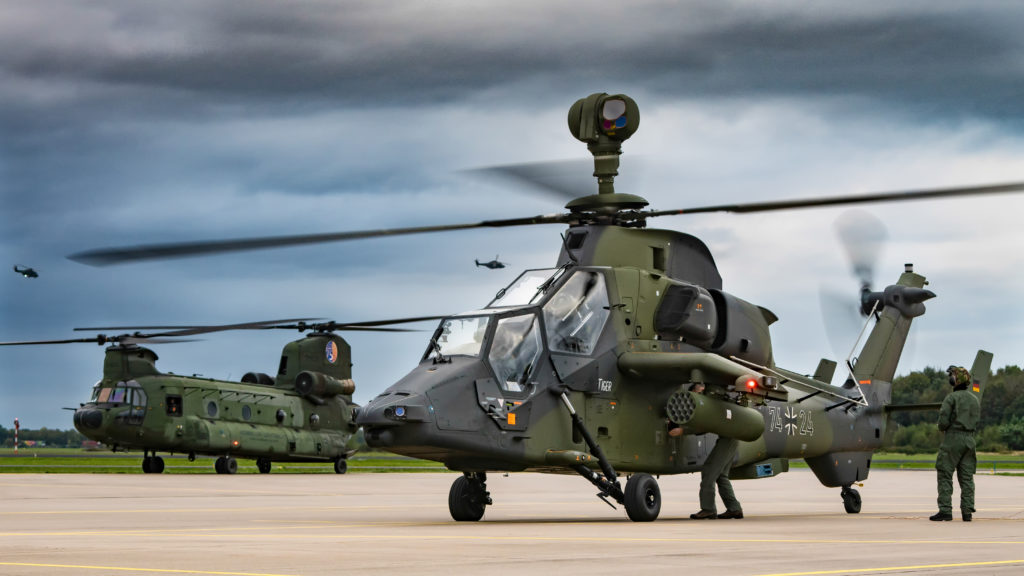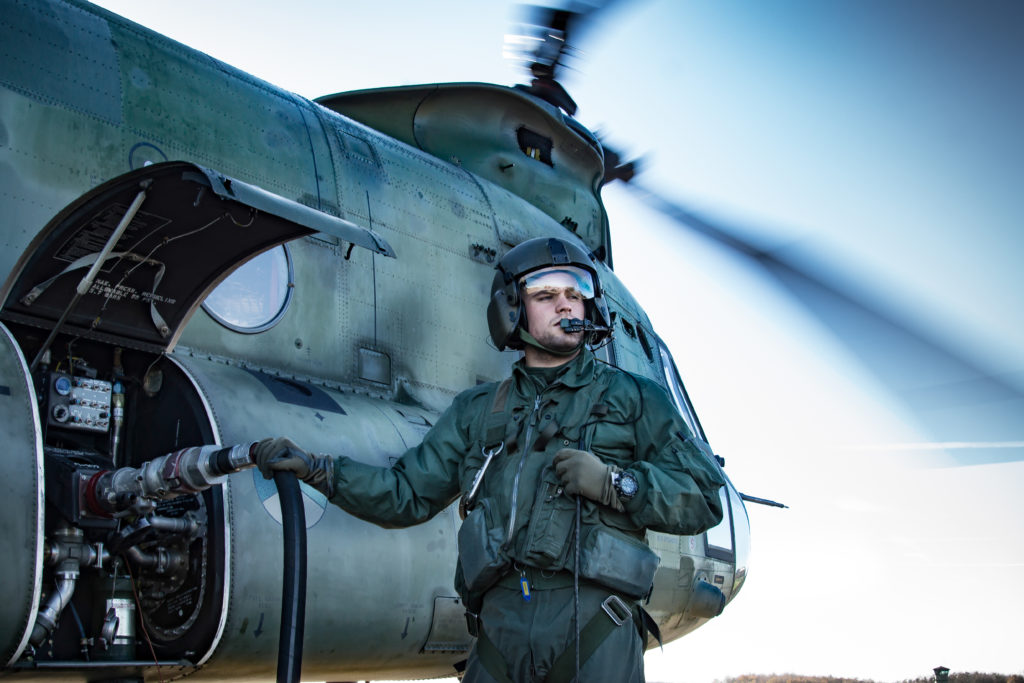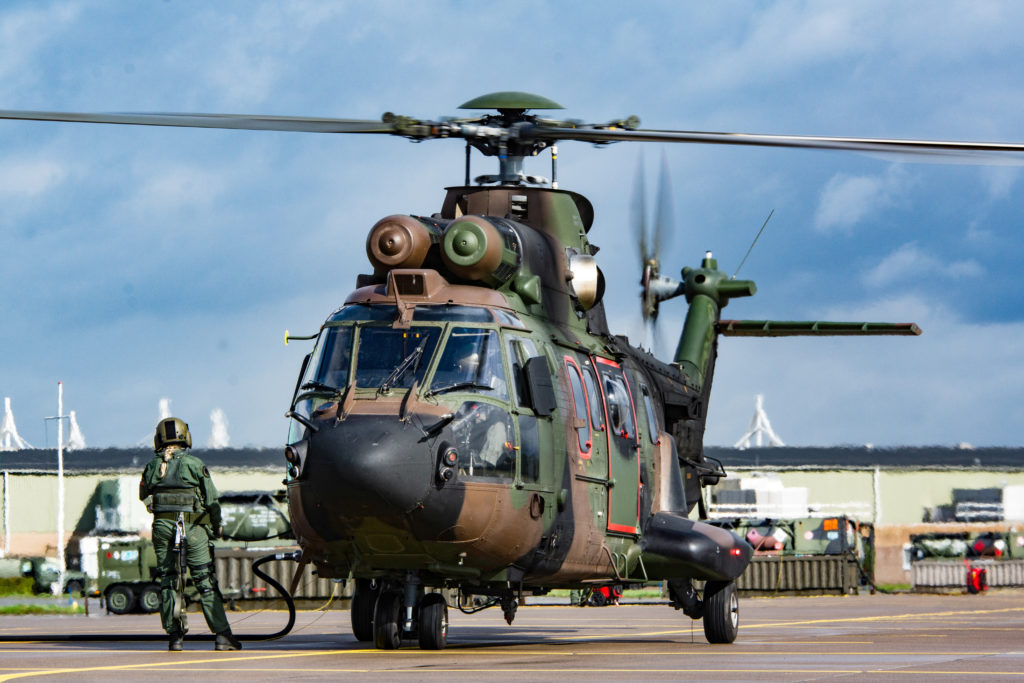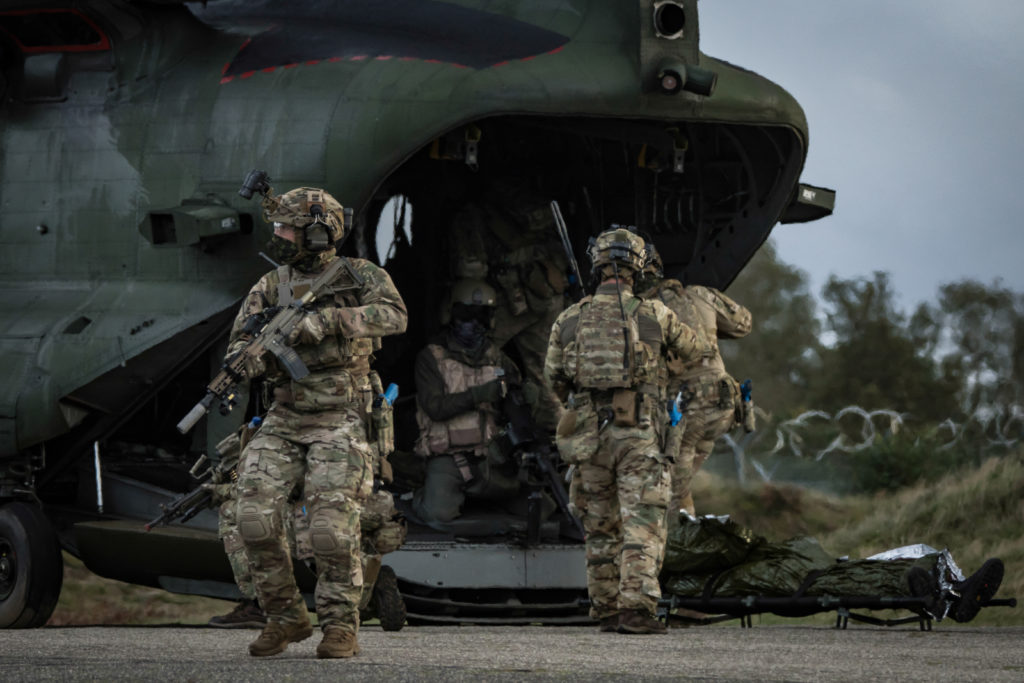
What should have been a 17-week exercise became an 11-month exercise.
The Helicopter Weapons Instructor Course (HWIC) started on January 6 2020, with the first of three parts called HWIC Tactical Continuation Training (TAC). The main focus of this module was practicing and instructing evasive manoeuvers in small and large formations. Military helicopter crews must be able to perform these missions under any enemy threat.
The entire HWIC consisted of the HWIC TAC, SOF and STRIKE. The HWIC TAC was held at Fritzlar Airfield in Germany in January. For the first time, German airmen were also participating in the entire 2020 course. They took part with the NH90 transport helicopter and the Tiger UHT Attack helicopter. The Royal Netherlands Air Force participated with the CH-47D Chinook, the AS-532U2 Cougar and the AH-64D Apache.
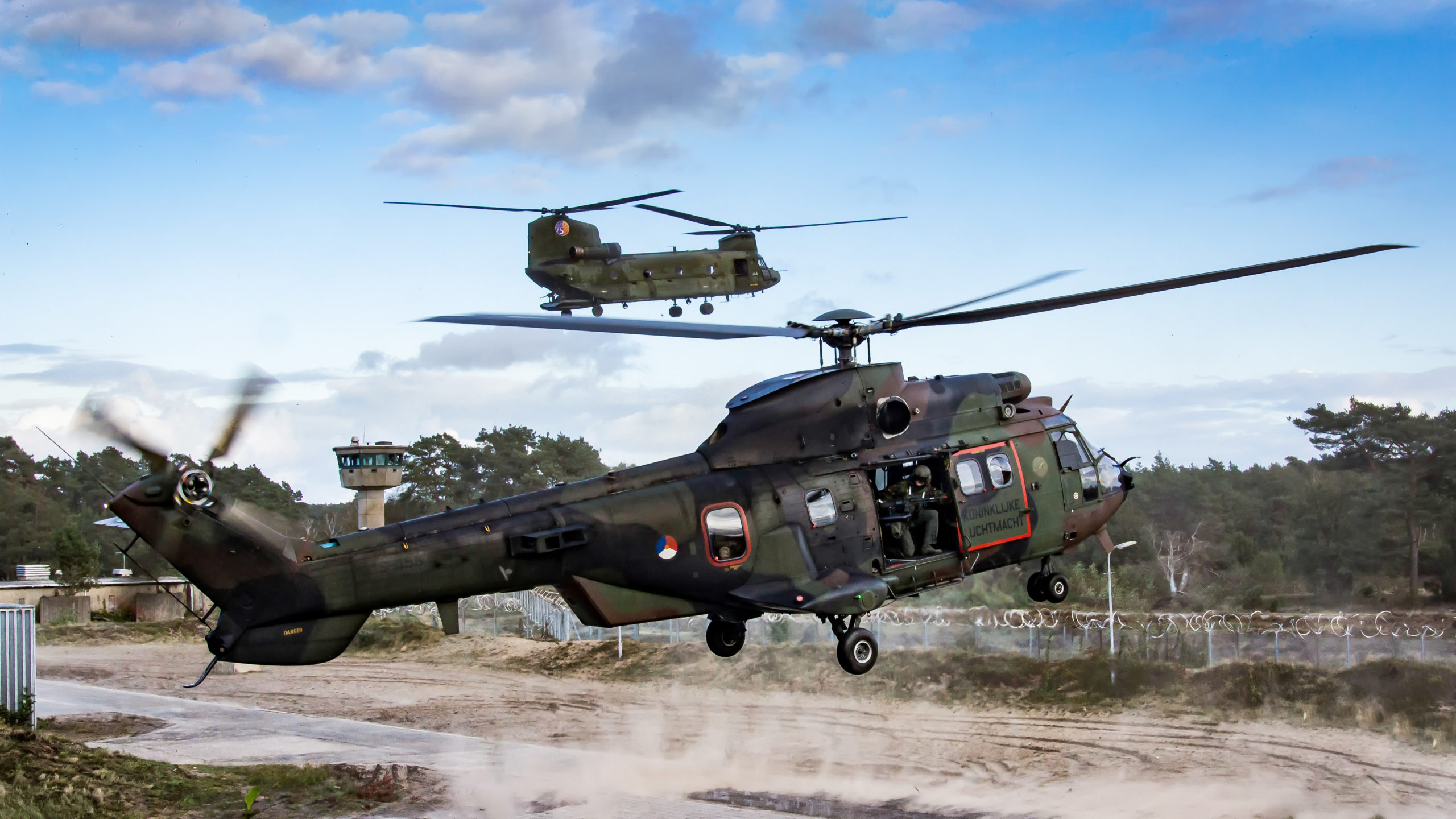
After the first part of the HWIC TAC ended, the world was confronted with the COVID-19 virus, which delayed the exercise.
Normally the entire HWIC takes approximately seventeen whole weeks. The flying part normally takes seven weeks of those, if everything works out without delays.
In addition to a lot of theory, the course consisted of three flight modules, of which HWIC SOF (Special Operation Forces) was the second. This part took place in October at Gilze-Rijen Air Base and various other locations in the Netherlands. The SOF course involved special deployments in collaboration with special forces.

To participate in the HWIC, pilots have to be at least section leader, which means; being able to control a flight of three helicopters. The pilot and loadmaster need to have multiple years of experience with their squadron.
The urge to learn new things and improve themselves is a must for every participant. These requirements also apply to the German students.
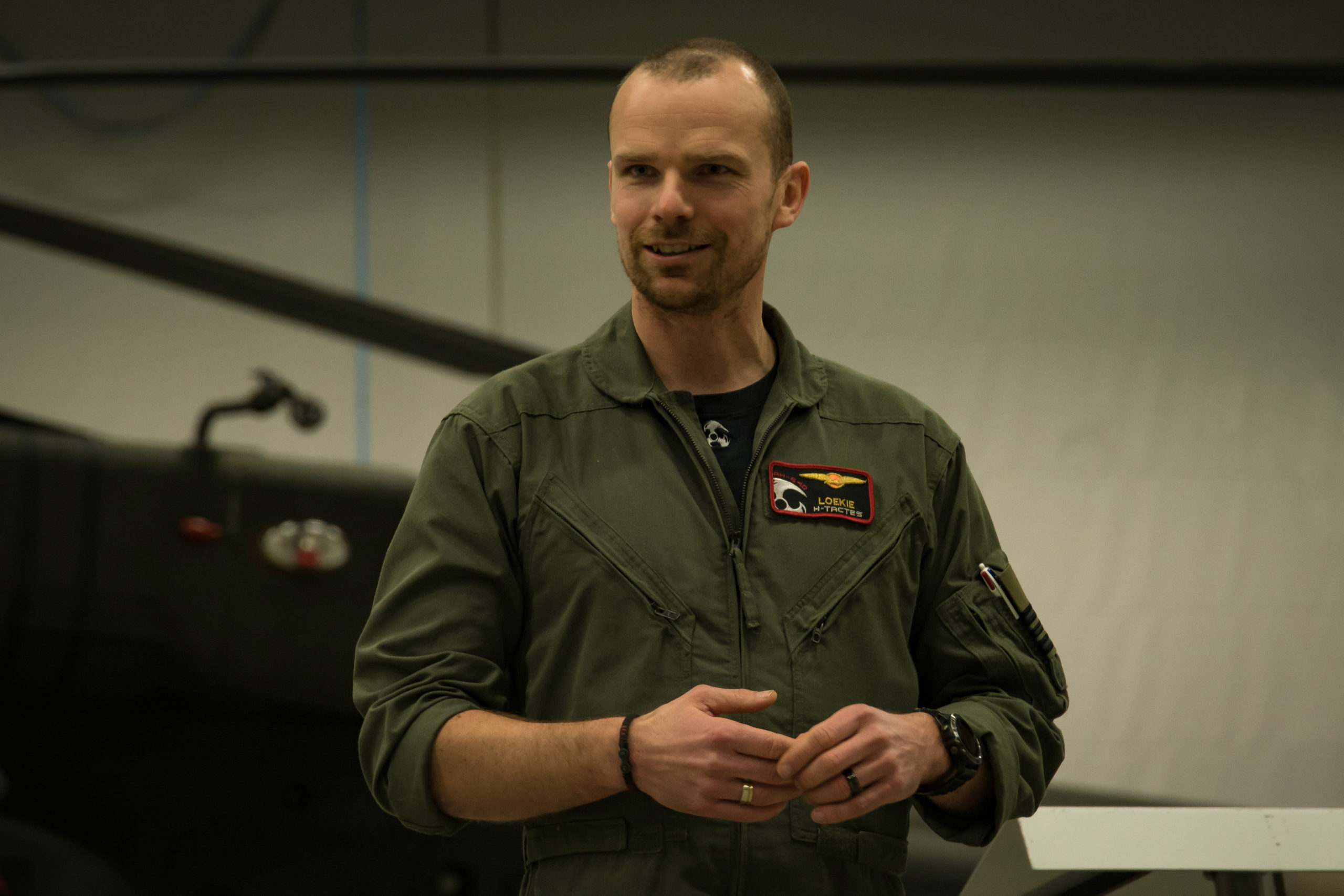
“ The training not only contains fixed scenarios, the students are also being confronted with unexpected situations, to be solved while flying. Being able to deal with uncertainty is very important for a military pilot and loadmaster”; Major Bas emphasizes. Major Bas ( tactical callsign “ Loekie ”) AH-64 pilot and instructor, is head of TACtics Training Evaluation Standardization (TACTES) part of the 299 sqn, the Dutch unit organizing the HWIC.
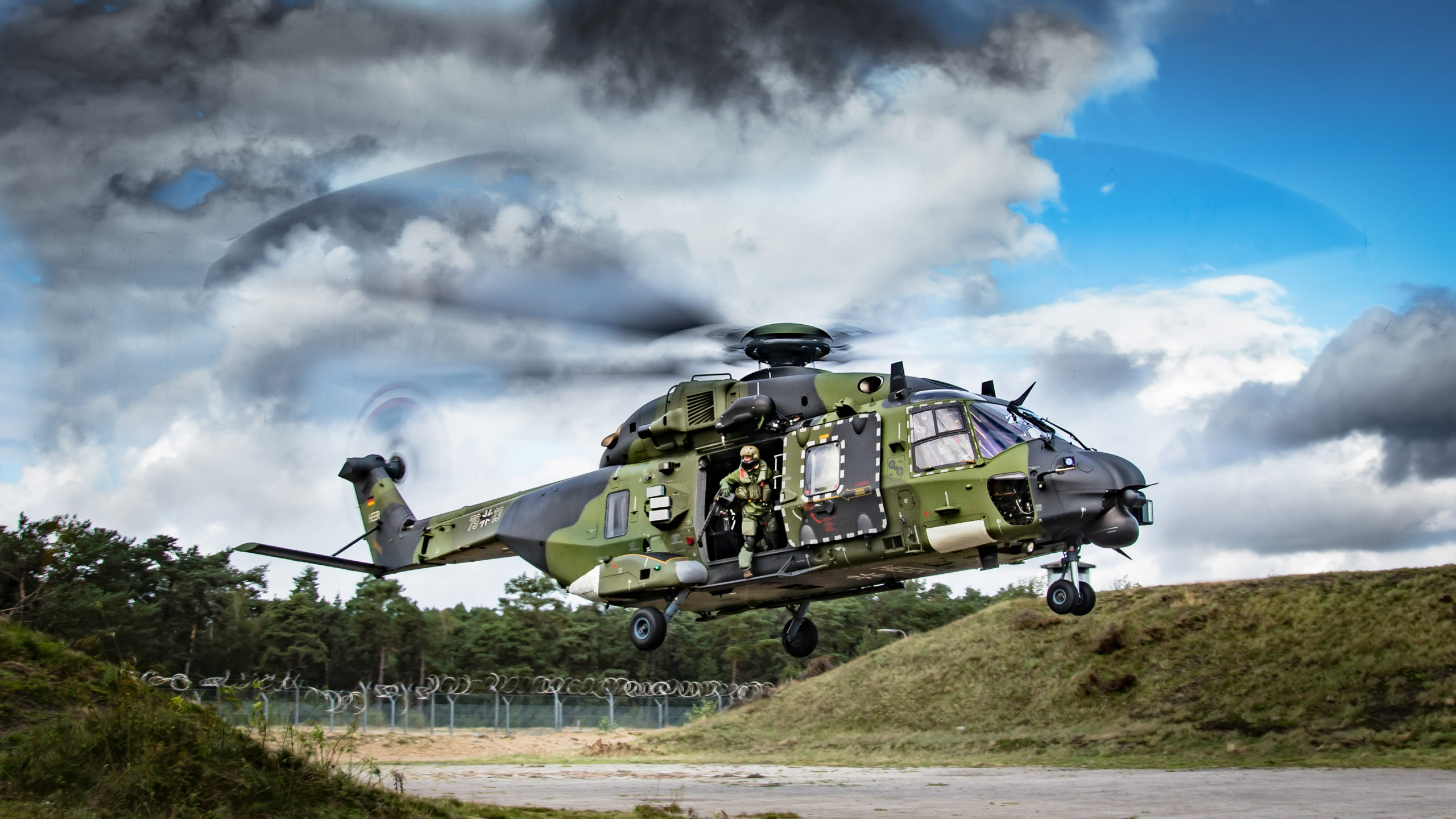
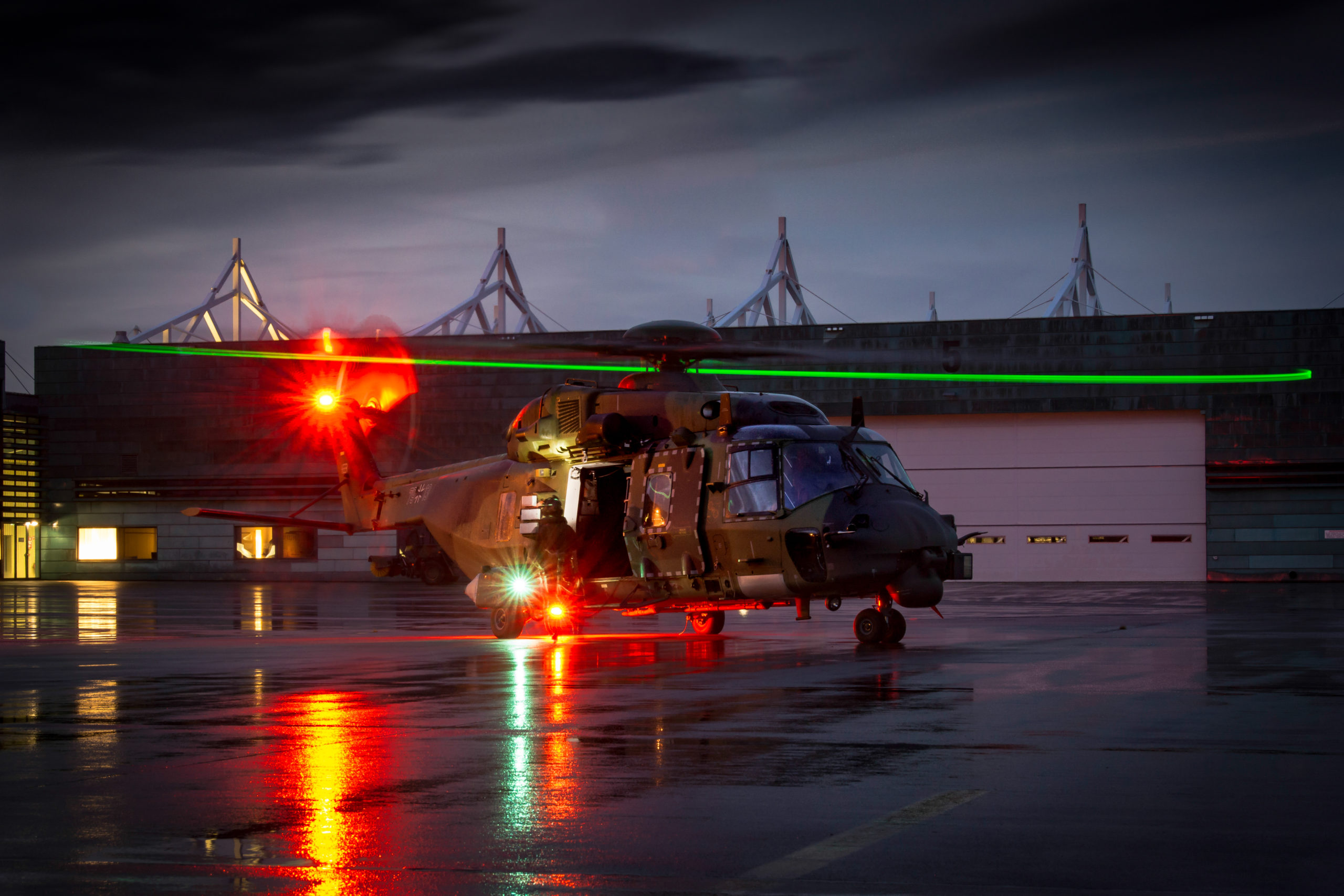
“Being flexible, coming up with solutions and making decisions in stressful situations receives top priority during the HWIC.” Major Bas stated.
The German and Dutch participants have different prior education. Therefore, some elements, such as operations with SOF units, are new to the Germans. According to Major Bas, there is only one way to catch up on that difference in level of education and that is by just doing it.
However, the German participation has a great advantage for this exercise. For example, the German colleagues provided the HWIC TAC part of the training. “As a result, we had access to a perfect practice area which cannot be found anywhere in the Netherlands,” Major Bas stated.
The HWIC is an intensive training, not only because it is relatively short compared to the FWIT (Fighter Weapons Instructor Training with a duration of 5 months).

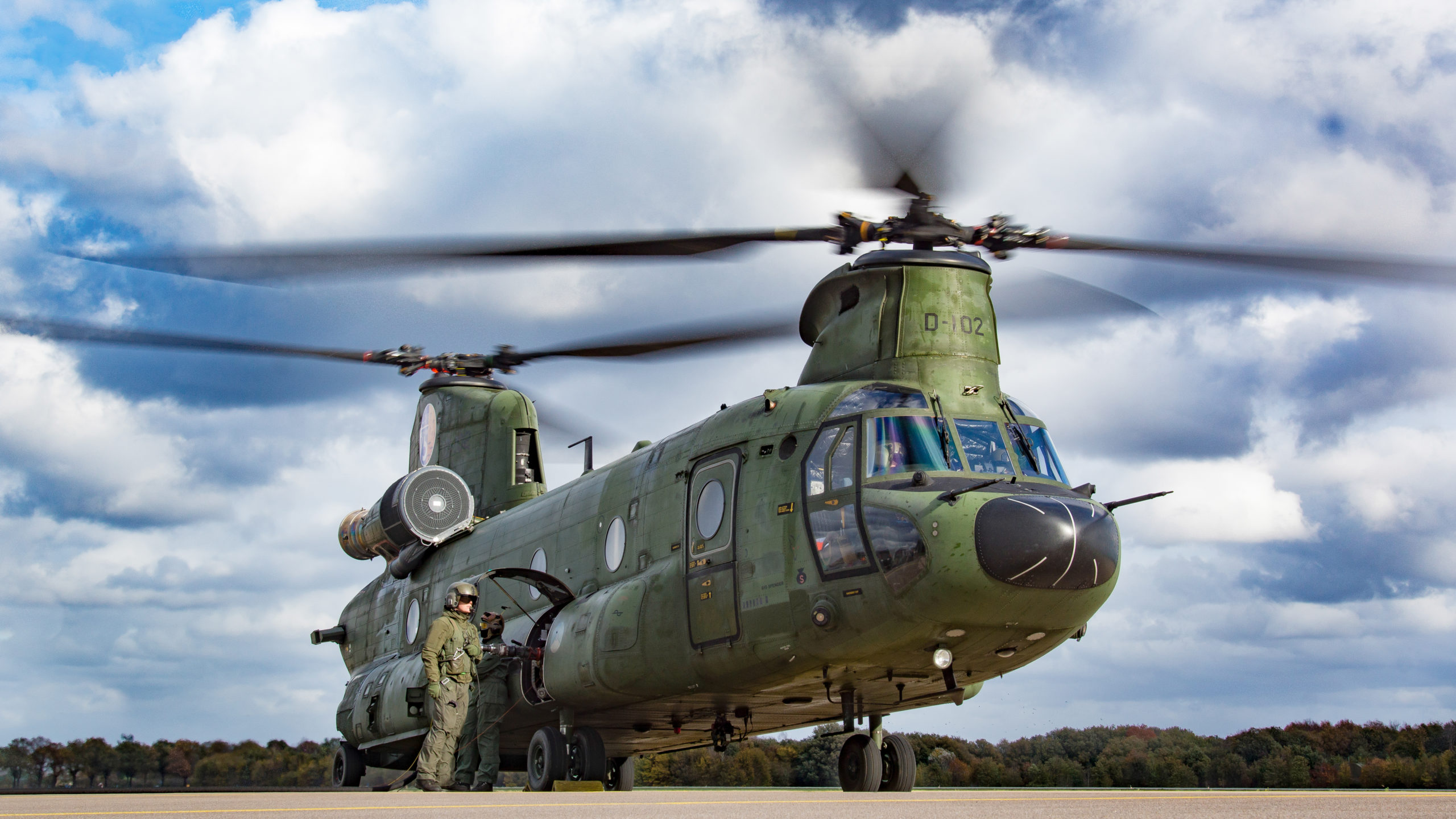
“We are limited in the available assets. The squadrons also need the helicopters for regular training and exercises are expensive. We have tried to balance this, combining HWIC flights with our normal operations by using hot refueling capabilities to use the helicopters as much as possible”.
This 2020 edition of HWIC was the second time that German airman participated with helicopters, the NH90s and Tigers. The first time was in 2008 with two Bo-105’s.
“The initiative came from my classmate in 2008 and because we knew each other from exercises, participation was quickly a fact,” major pilot Bas, explains.
During the HWIC SOF, the goal for the participants was to fly their regular missions and train with special forces at the same time. The training was conducted with the army special forces ( KCT ), Special Security Missions Brigade ( BSB ) and the Maritime Special Operations Forces of the Marine Corps( MARSOF). This was new for many students and outside their comfort zone but therefore much rewarding’’.
The third module HWIC STRIKE, originally planned for Bergen in Germany, focused on live firing. Due to the measures concerning COVID-19, the HWIC STRIKE eventually took place in November in the Netherlands, after being postponed twice. All participating transport helicopters were temporarily deployed at naval air base The Kooy for one week in order to use the range facilities at shooting range The Vliehors. During the live firing sorties, only Dutch units took part.
The CH-47’s and AS-532 were therefore based on the Kooy and while flying their missions during day and night time on the Vliehors, they trained with a Joint Terminal Attack Controller (JTAC) pointing out their targets. Because of the live firing exercises, one CH-47 was equipped with the FN M3M (GAU-21) single barrel rapid-fire machine gun suitable for rotary-wing aircraft providing defensive firepower ranging out to nearly 2000 meters.
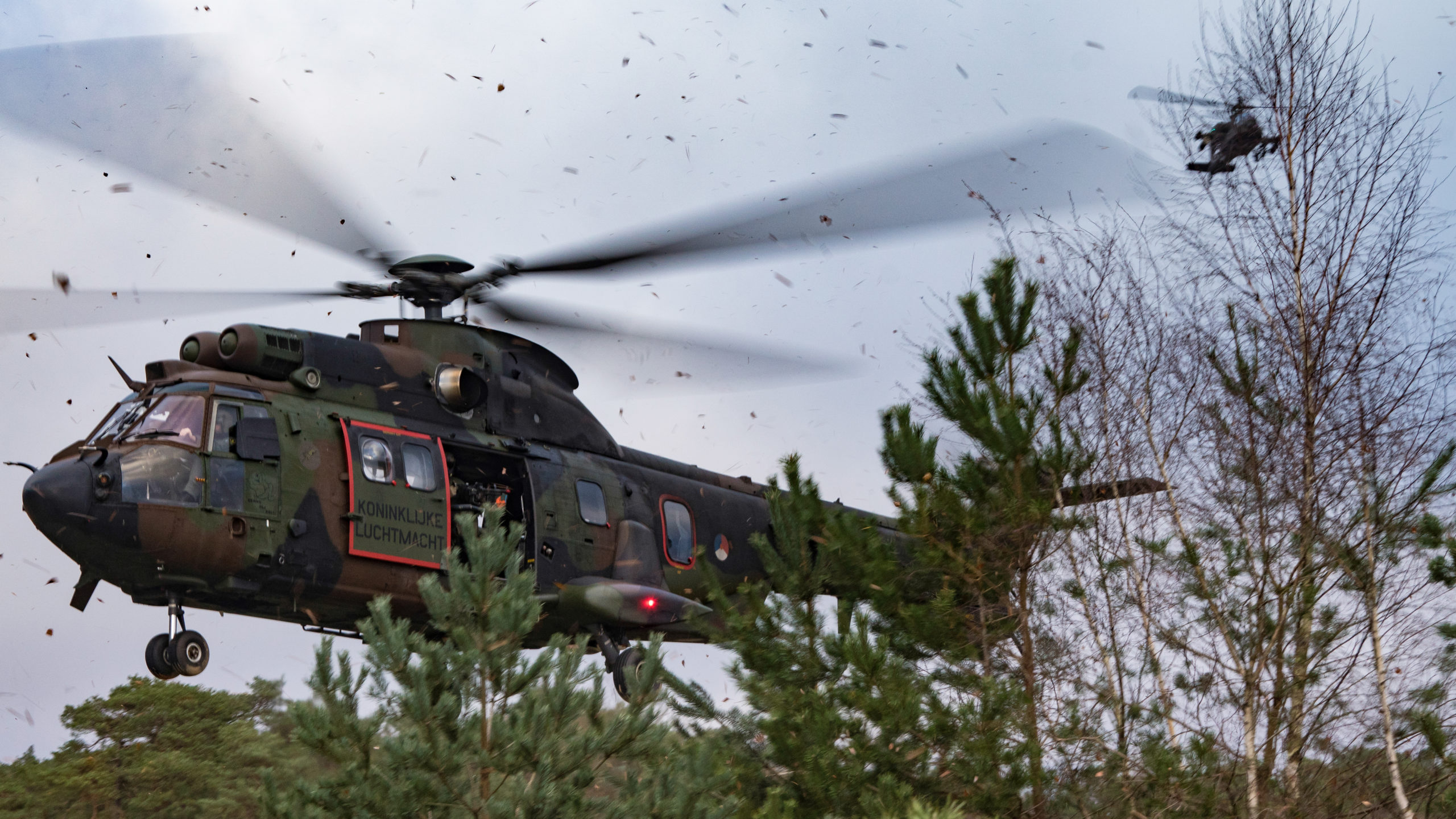
In the second week of HWIC STRIKE missions were flown again out of Gilze Rijen airbase combining all lessons learned.
“When I was a student myself, I loved the fact that I was allowed and able to work at a next level,” Bas remembers. “Getting the best out of yourself and then sharing it with the pilots and loadmasters you are going to train, so that they improve too, gave me a rush”
‘’We regularly train the Weapon Instructors to stay on the best possible level . You always have to keep learning because the world is changing too. Therefore, one time a year a Weapon Instructor Standarization is being held for all weapons instructors. In this one weeks course, we invite all weapons instructors to study and evaluate the current and new tactics.”
Currently, the HWIC is a combined German/Dutch exercise and there are no plans yet to expand the training with participants from other countries. According to Major Bas, that would be a logistic challenge. “It takes a lot of preparation to arrange a HWIC. The more countries involved, the larger the organization must be. The Netherlands and Germany are neighbor-countries, which helps. Some – larger – NATO countries have their own (international) training . However, this could change in the future.”
On December 9th 2020, 9 of the eleven participating Dutch students received their Helicopter Weapon Instructor Course diploma at Gilze Rijen Airbase. Eight of the eleven German student will receive their diploma in the near future, because they could not make it towards the Netherlands on December 9th.
After approximately eleven months and a lot of delays caused by Covid-19, pilots and loadmasters received their well – earned HWIC patch, ready to put their acquired knowledge into practice.
I would like to thank the Royal Netherlands Airforce and in specific Major Bas and the personnel of 299 sqn and Defence Helicopter Command for their tremendous help to create this article.
